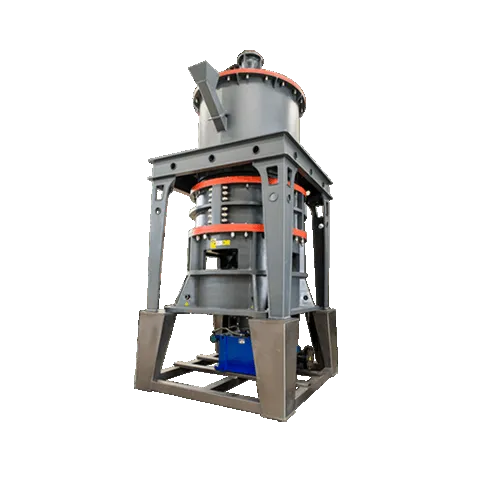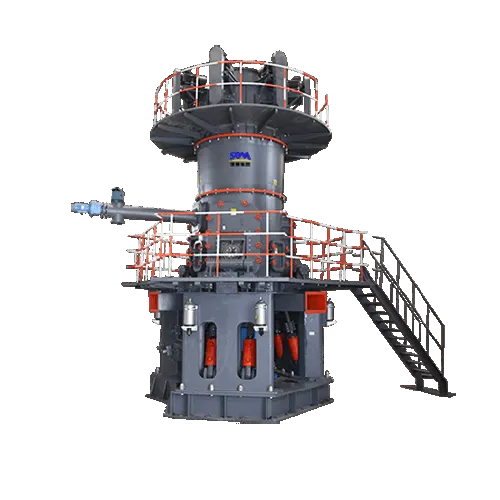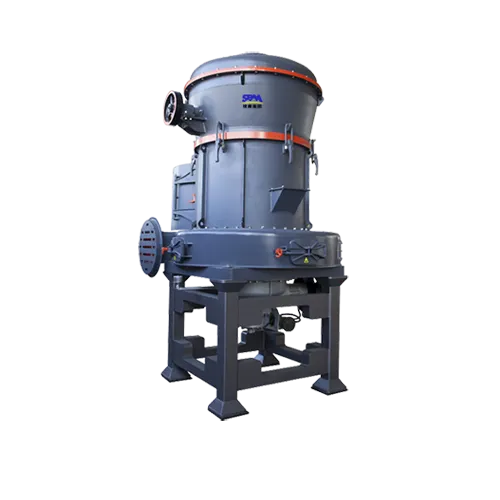Barite Mineral Data
Barite is a non-metallic mineral product with barium sulfate (BaSO4) as the main component. Pure barite is white and shiny. Due to the influence of impurities and mixed substances, it is often gray, light red, light yellow, etc., and the crystallization situation is similar.
Barite mineral is chemically stable, insoluble in water and hydrochloric acid, non-magnetic and toxic. It has the characteristics of large specific gravity, low hardness and brittleness.
- Hardness: 3 to 3.5 (Mohs)
- Specific gravity: 4.3 to 4.7
- Crystal System:Orthorhombic
- Relative molecular mass:233.40
- Relative density :4.5 (15°C)
- Melting point:1580 ℃
- Refractive index: 1.637

What Is Barite Used For
Barite is a very important non-metallic mineral raw material and has a wide range of industrial uses.

- ① Drilling mud weighting agent: In some oil and gas well drilling, adding barite powder to the mud is an effective measure to increase the proportion of mud, and it is the most commonly used measure in drilling operations that can effectively avoid frequent blowout accidents.
- ② Lithopone pigment: heating barium sulfate, using a reducing agent to reduce to barium sulfide (BaS), and then reacting with zinc sulfate (ZnSO4) to obtain a mixture of barium sulfate and zinc sulfide (BaSO4 accounts for 70%, ZnS accounts for 30%) %) is the lithopone pigment. It can be used as a raw material for paints and painting pigments. It is a commonly used high-quality white pigment.
- ③ Various barium compounds: Barium oxide, barium carbonate, barium chloride, barium nitrate, precipitated barium sulfate, barium hydroxide and other chemical raw materials can be produced by using barite as raw material.
- ④ Used in industrial fillers: In the paint industry, barite powder fillers can increase the thickness, strength and durability of the paint film. In the fields of paper, rubber, and plastics, barite can improve the hardness, abrasion resistance and aging resistance of rubber and plastics; Lithopone pigment is also used to make white paint, which is more used indoors than lead white and magnesium white The advantages.
- ⑤ Mineralizer for cement industry: The use of barite and fluorite composite mineralizer in cement production has obvious effects on promoting the formation of C3S and activating C3S, and the quality of clinker has been improved.
- ⑥ Anti-ray cement, mortar and concrete: Barite is used to absorb X-rays, and barite is used to make barium cement, barite mortar and barite concrete to replace metal lead plates to shield nuclear reactors and build scientific research. , X-ray-proof buildings in hospitals.
- ⑦ Road construction: A mixture of rubber and asphalt containing about 10% barite has been successfully used in parking lots and is a durable paving material.
- ⑧ Others: barite and oil are blended and coated on cloth to make tarpaulin; barite powder is used to refine kerosene; it is used as a contrast agent for the digestive tract in the pharmaceutical industry; it can also be used to make pesticides, tanning, and fireworks. In addition, barite is also used to extract metal barium, as a getter and binder for televisions and other vacuum tubes. Barium is alloyed with other metals (aluminum, magnesium, lead, calcium) and used in bearing manufacturing.
Barite Powder Production Process
Barite raw material composition analysis table
| SiO2 | BaO | SO3 |
| 63.36% | 65.7% | 34.3% |
Remarks: Sr, Pb and Ca are similarly substituted in the composition.
Barite Processing Equipment Recommendation
| Powder fineness | 80-325 mesh | 325-2500 mesh |
| Machine recommendation |
MTW series European type Raymond mill | SCM series super fine mill |
| LM Series vertical roller mill | LUM series ultrafine vertical roller mill |
Remarks: 1. Recommend the mill model according to the output and fineness requirements;
The First Stage: The Crushing Of Raw Materials
The barite mineral material is crushed by the crusher to the fineness (15mm-50mm) that can enter the mill.
The Second Stage: Milling
The crushed small pieces of barite are sent to the storage hopper by the elevator, and then sent to the grinding chamber of the mill evenly and quantitatively by the feeder for grinding.
The Third Stage: Classification
The ground material is classified by the classification system, and the unqualified powder is classified by the classifier and returned to the main engine for re-grinding.
The Fourth Stage: The Collection Of Finished Products
The powder that meets the fineness is separated and collected in the dust collector through the pipeline through the airflow. The collected finished powder is sent to the finished product silo by the conveying device through the discharge port, and then is packaged by a powder tanker or an automatic baler.


